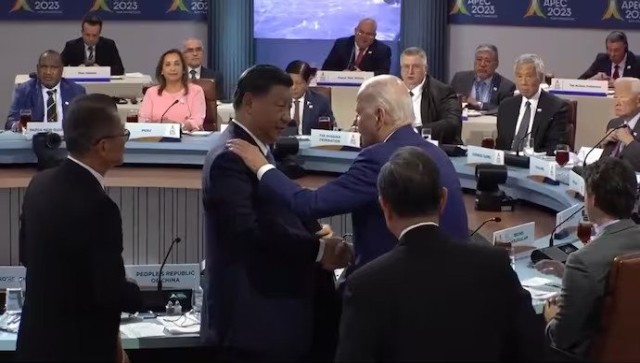The Asia-Pacific region remains at the forefront of WiMAX innovation in 2009. Tier-1 operators such as Japan’s KDDI, India’s Tata Communications and Reliance Communications, and Korea Telecom are still investing heavily in the technology. The region is also home to many maverick WiMAX operators that are pioneering wireless broadband use among non-incumbent operators.
“We believe that the region holds the best prospects for WiMAX services in terms of subscriber uptake and future innovation,” says Frost & Sullivan industry analyst Shaker Amin, adding that much of Asia-Pac, compared to other regions in the world, still lacks 3G spectrum and broadband connectivity.
As at end 2008, Amin estimates that some 3.6 billion people in Asia-Pac, largely in the underserved areas, have yet to adopt any kind of broadband services. This, he believes, gives the technology a new lease on life as operators push ahead to provide affordable wireless broadband services via WiMAX.
WiMAX deployment, however, is fraught with challenges, not the least of which is China’s refusal to licence WiMAX. “The fact that China has not supported WiMAX, preferring instead to back the homegrown TD-SCDMA 3G standard, is particularly unnerving for the technology’s prospects in the region,” Amin says.
Ironically, China’s leading infrastructure giants Huawei Technologies and ZTE are among the largest WiMAX vendors in the world.
“Even grimmer still, important markets such as India and Thailand, both of which also hold great potential for WiMAX, have fallen behind in issuing WiMAX licences and spectrum allocation in the 2.3 and 2.5GHz bands,” Amin adds.
New analysis from Frost & Sullivan, 2009 Asia-Pacific WiMAX Report, conservatively estimates that the WiMAX subscriber base in the region – covering 17 Asia-Pac nations excluding China – could top 24 million by end-2014, with billings reaching nearly $6.4 billion.
Amin reckons that these estimates could double if the Chinese government changes its position on WiMAX.
In addition to regulatory issues, weak operator support in some countries, high CPE (customer premise equipment) prices and competition from HSPA (high-speed packet access) and LTE (Long Term Evolution) technologies continue to plague WiMAX development in the region.
Amin says, “Some large Asian markets have made very little progress in licencing WiMAX, while other markets such as Australia, Malaysia, the Philippines and Singapore have seen considerable growth in wireless broadband subscribers using HSPA data cards and dongles.”
Despite the odds, Amin believes that it’s now or never for WiMAX players. “With HSPA gaining momentum and LTE on the horizon, governments and operators must act quickly to take advantage of the features that mobile WiMAX technology can offer today,” he says. “We believe that the key focus of WiMAX will be to provide basic data connectivity in underserved markets at around the 1Mbps level, and as a precursor or complement to HSPA and LTE technologies where spectrum is scarce.”
Amin concludes that mobile WiMAX certification, continually falling CPE prices and a massive untapped market will all help to drive WiMAX deployments in Asia-Pacific. “Competition does exist from 3G and regulation will remain a challenge in some countries, but overall, we believe WiMAX can be deployed as an effective technology to connect people, who will never realistically receive fixed-line or other wireless broadband services,” he adds.


)




)
)
)
)
)
)
)
)